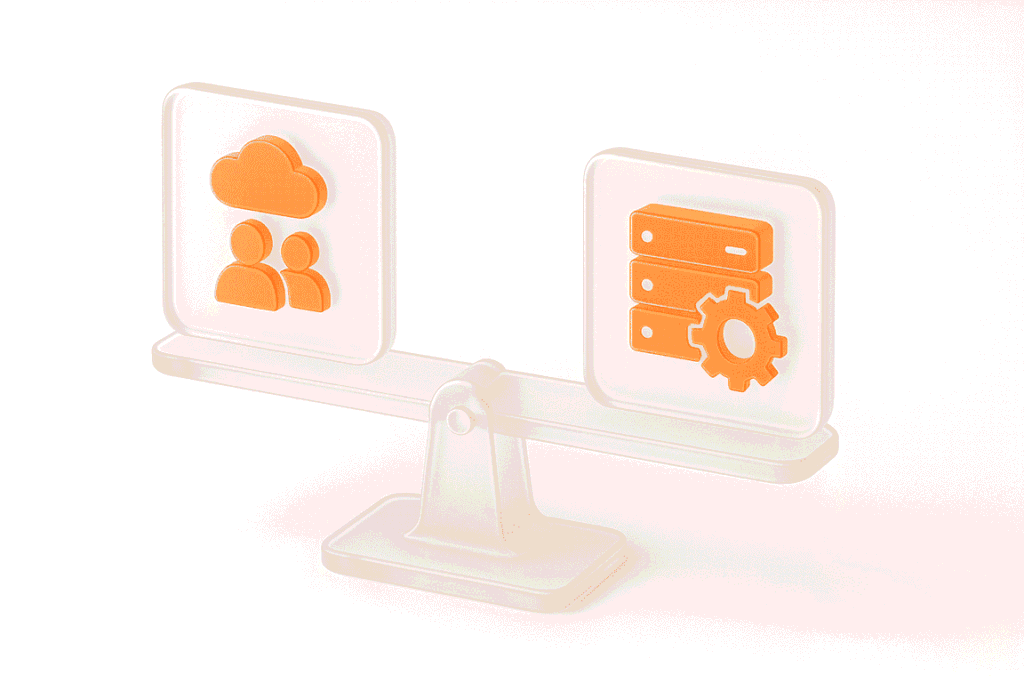The PFLB team is happy to share the good news. We have passed the SOC 2 compliance accreditation. It means we can assure our clients that our cooperation will be entirely secure.
What Is SOC?
Introduced by the American Institute of CPAs (AICPA), SOC, or Service Organization Control, is a cybersecurity series of reports made during data processing services audits. It evaluates the efficiency of an organization’s information management. The main SOC report types include SOC 1, SOC 2, and SOC 3.
In a few words, SOC 1 focuses on internal controls for financial statements and reporting. SOC 2 — on internal controls for the five Trust Services Criteria like security, confidentiality, processing Integrity, privacy, and availability of customer data. SOC 3 can be briefly defined as SOC 2 results adapted to a public audience.
What Is a SOC 2 Report?
In 2011, the AICPA introduced SOC 2, or Service Organization Control 2. It assures the security, availability, processing integrity, confidentiality, and privacy of an organization’s systems and Information. In 2014, these aspects became the Trust Service Criteria (TSC).
SOC 2 reports help companies to maintain both security and efficiency. SOC 2 compliance proves that an organization has robust security control and can protect sensitive data. Also, a successfully passed SOC 2 audit verifies that a company treats its client’s data seriously.
What Does It Mean for Our Clients?
PFLB has proved its compliance with SOC 2, which confirms that we provide you with efficient services and the highest level of security. We can manage sensitive data, protect your privacy, and guarantee no breaches. With PFLB, no data will be lost or disclosed. You can rely on our solutions.




